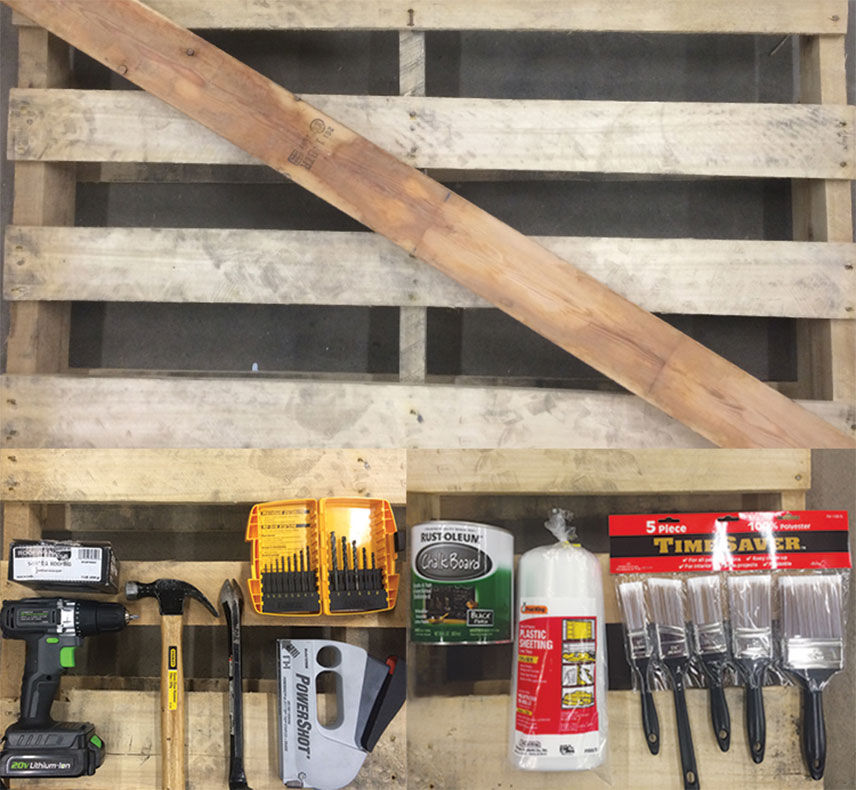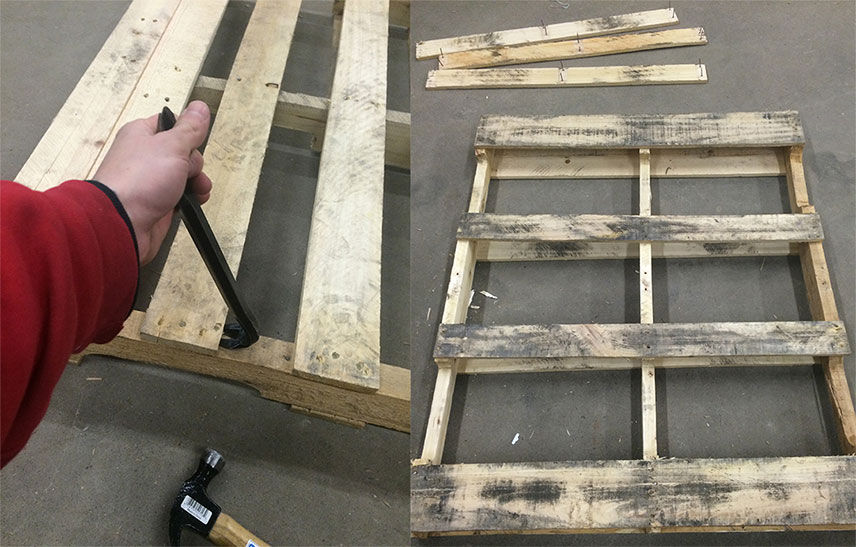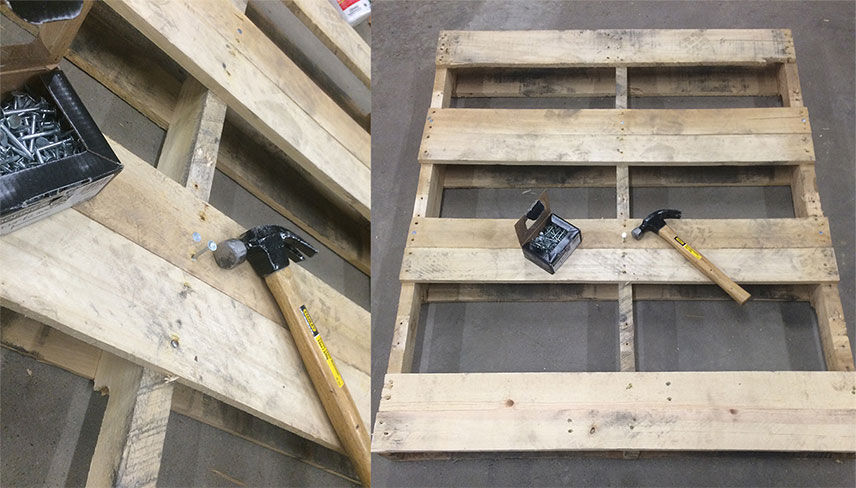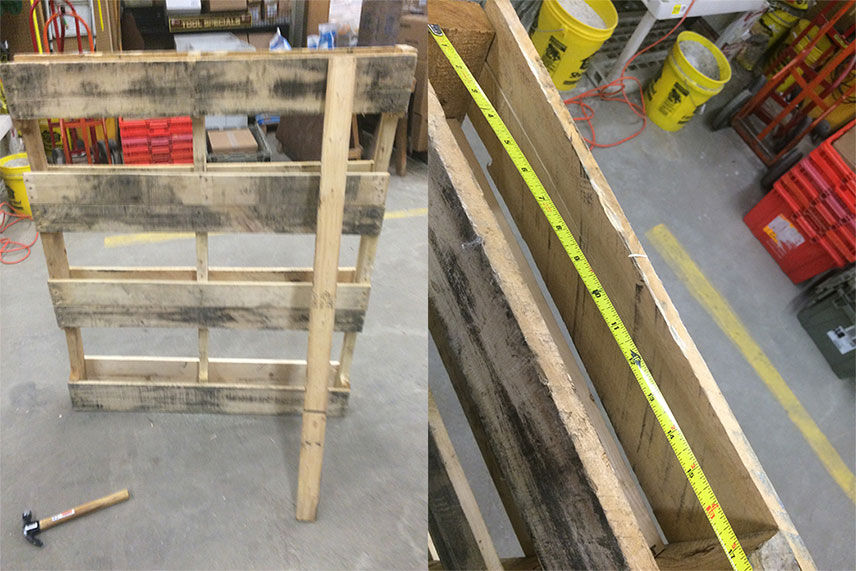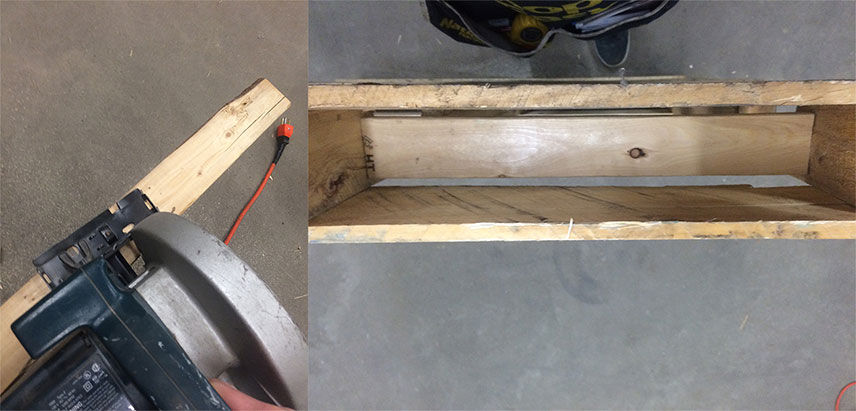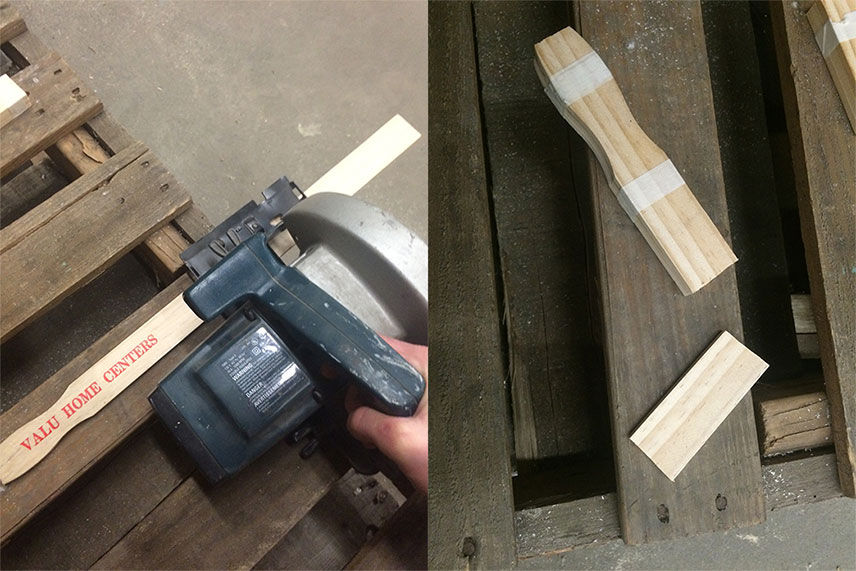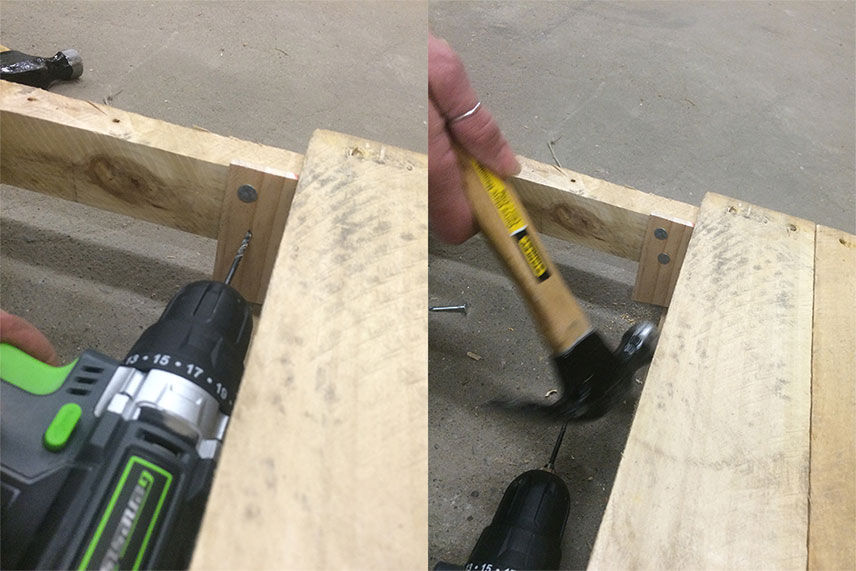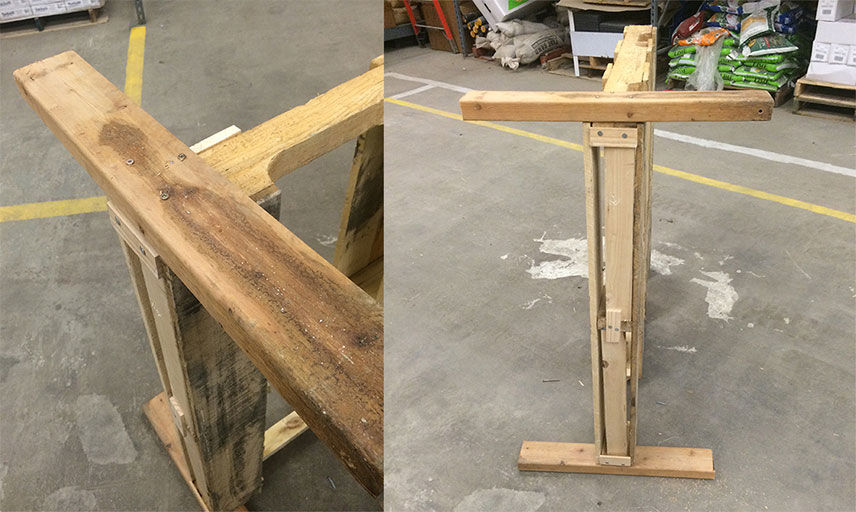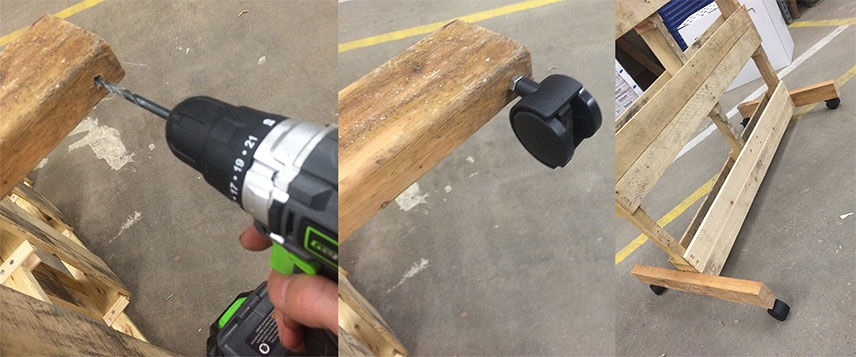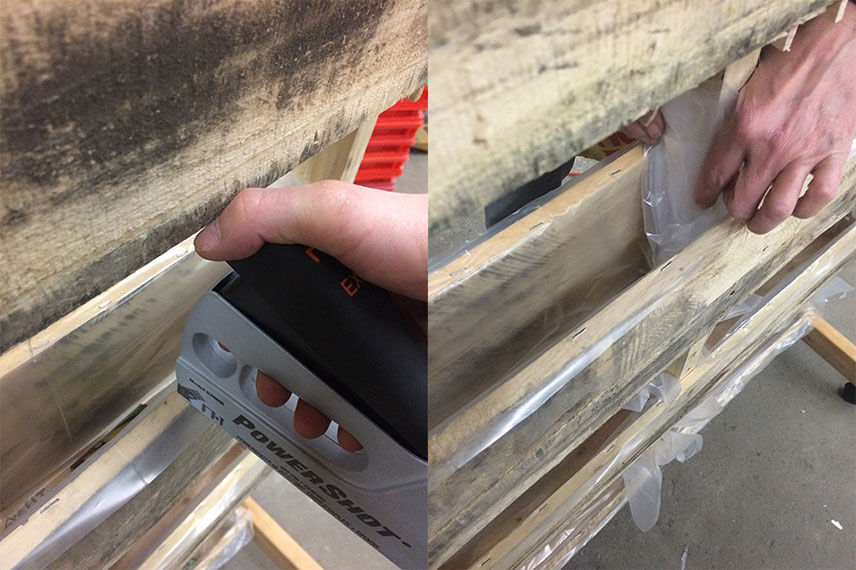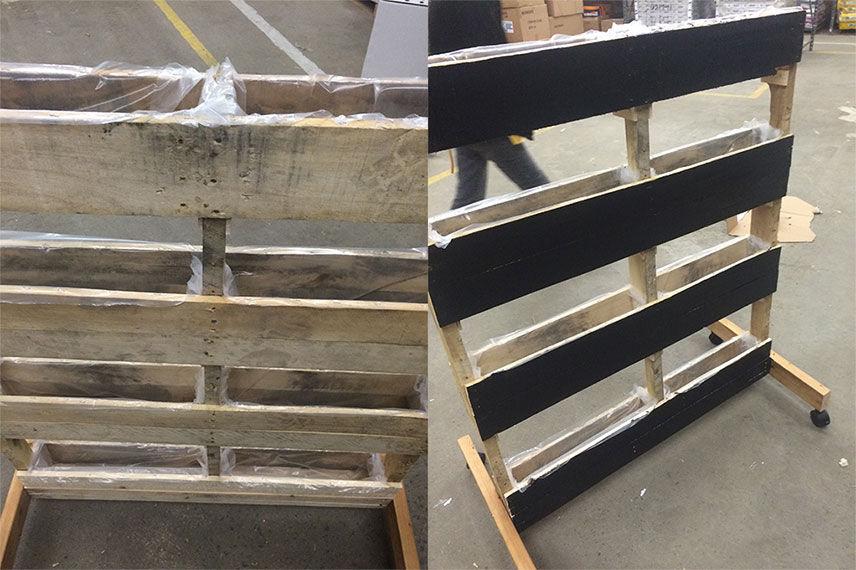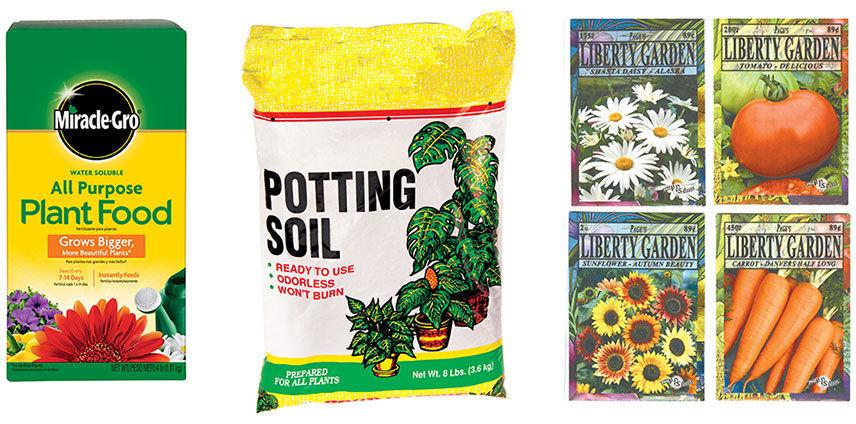What You Will Need
- A pallet
- 1 ¼ roofing nails
- Hammer
- Nail puller/pry bar
- Six 3" 10d deck screws
- Staple gun with 5/16th staples
- Assorted drill bits and drill
- Power saw or handsaw
- Roll of 3' x 50' 3mil plastic sheeting
- One 2x4
- 2 furring strips
- Five 5 gallon paint sticks
- Potting soil and seeds of your choice
- (Optional) 4 roller casters if you would like it to be mobile
- (Optional) A quart of chalkboard paint and paint brushes
